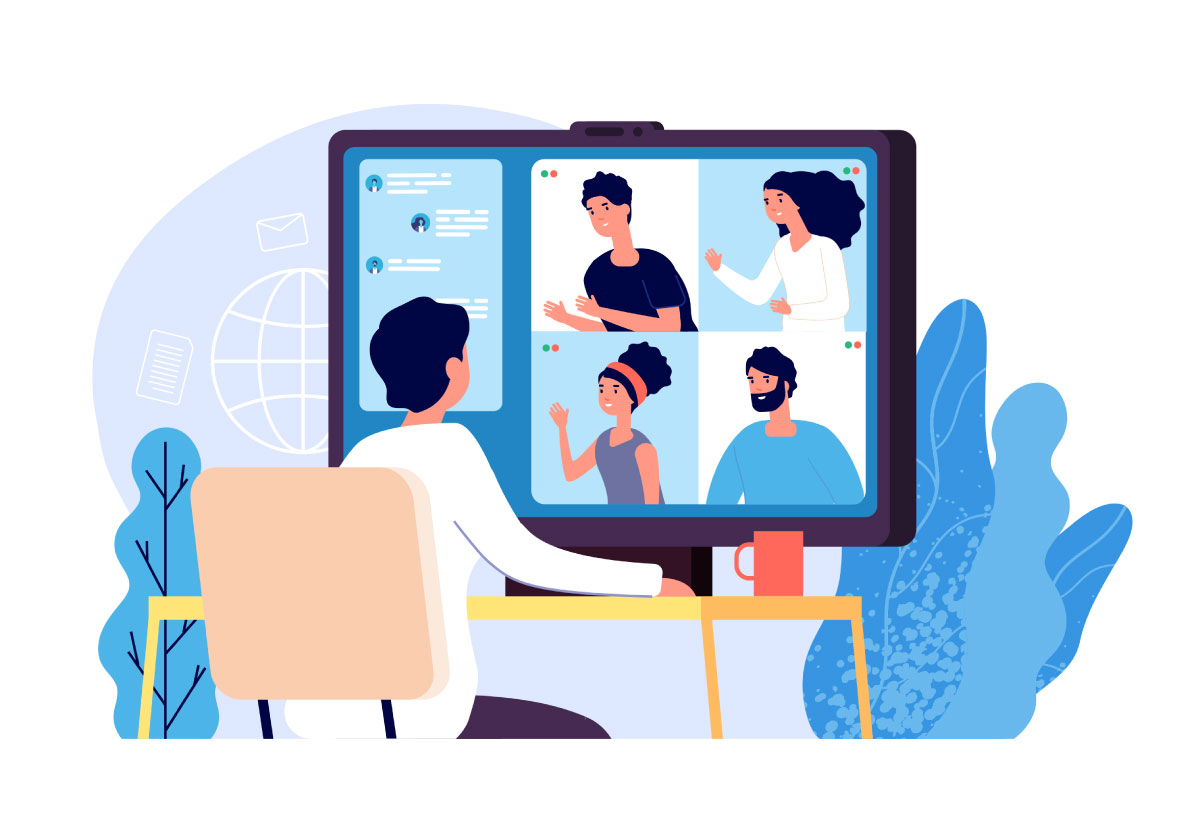
When the topic for this issue’s column was first discussed, it was in those innocent pre-coronavirus days, when everyone still travelled every day to work in an office, with plenty of face-to-face contact with colleagues and clients.
Unfortunately, we’ve now been thrown into a whole new world – but not one of our choosing. And also, not one where even the most perceptive futurists can predict the outcome. Will the UK be in a lockdown for three weeks, twelve weeks, till the autumn? As it is school kids are going to be home for the better part of six months which, depending upon their age, is going to seriously disrupt the working routines of many parents.
So, whether this is the “new normal” – or at least what we’ve got to contend with for the immediate foreseeable future, already one new tech-related skillset is starting to emerge and be of value and that is videoconferencing. There is a whole raft of different platforms out there but the runaway favourite is Zoom. I’ve included a link to the UK pricing page but the key points are: (1) it will work on pretty much any technology platform from mobile phones to desktop computers, and (2) you can set up group meetings with multiple participants, so you can still have ‘virtual’ face meetings with colleagues and clients. https://zoom.us/pricing
That’s the basic tech but as with all office technology, it’s not the procurement that’s the thing but how you use it. With videoconferencing – especially with clients if you are charging your usual professional fees – it is important to maintain a professional approach. Here are some basic skillset tips:
- Look professional – while the full suit and tie outfit (for men) may be a little over the top, don’t go to the opposite extreme, sitting there with bed-head hair in your skanky dressing gown.
- Be aware that not only can they see your face but they can also see whatever happens to be behind you in the room you are working in. This is not a problem when you are in your regular office but with a makeshift home office it can be problematic. A friend reported it was only after she’d finished a videoconference call, she realised there were two bridesmaids dresses hanging on the door immediately behind her. Incidentally, some videoconference cameras allow you to blur the background.
- Keep the door to the room where you are working firmly closed to prevent children wandering in or – as happened to another friend – their partner drifting into view in their underwear looking for a hairbrush.
- Try to avoid extraneous noises – the bane of my videoconferencing life is our yappy chihuahua that sits in the garden barking and for all the world sounds like a deranged duck.
- Allow for ‘latency’ – this is the delay between you speaking and the other person hearing your words and frequently results in people speaking over each other because they thought the other person had stopped talking. So… slow down your pace of conversation and allow a longer gap than normal between exchanges, so you can be certain the other person has finished speaking.
But, this is only part of the story because if we reach such a point where working remotely from home, using technologies like videoconferencing, become the accepted norm (in other words the clients don’t complain and keep paying their bills) why should we revert to the old way of doing things once the current crisis is over? In the brave new post-coronavirus world we’ll be entering later this year, one of the questions many people will be asking is: if we could cope without going into the office during the lockdown, why do we need to go in again now?




